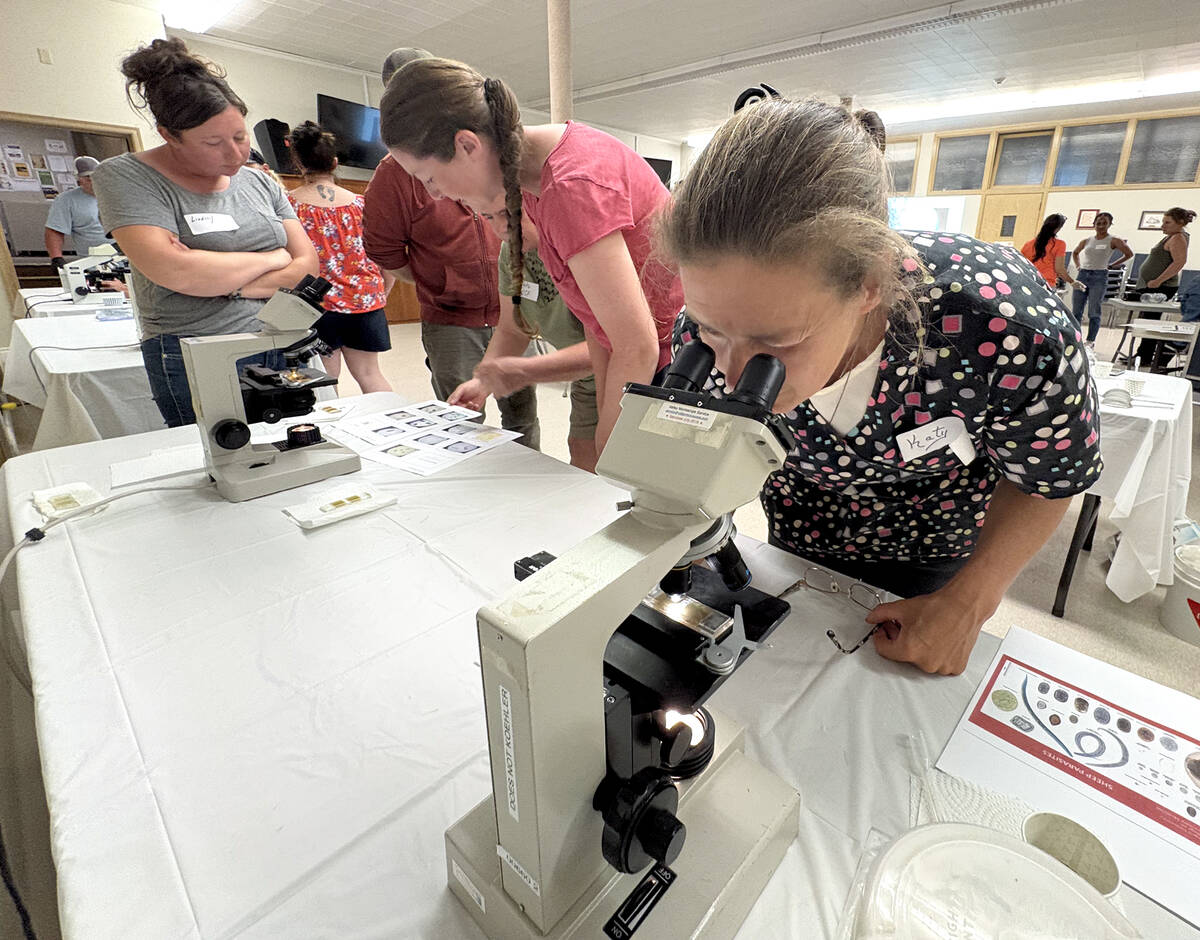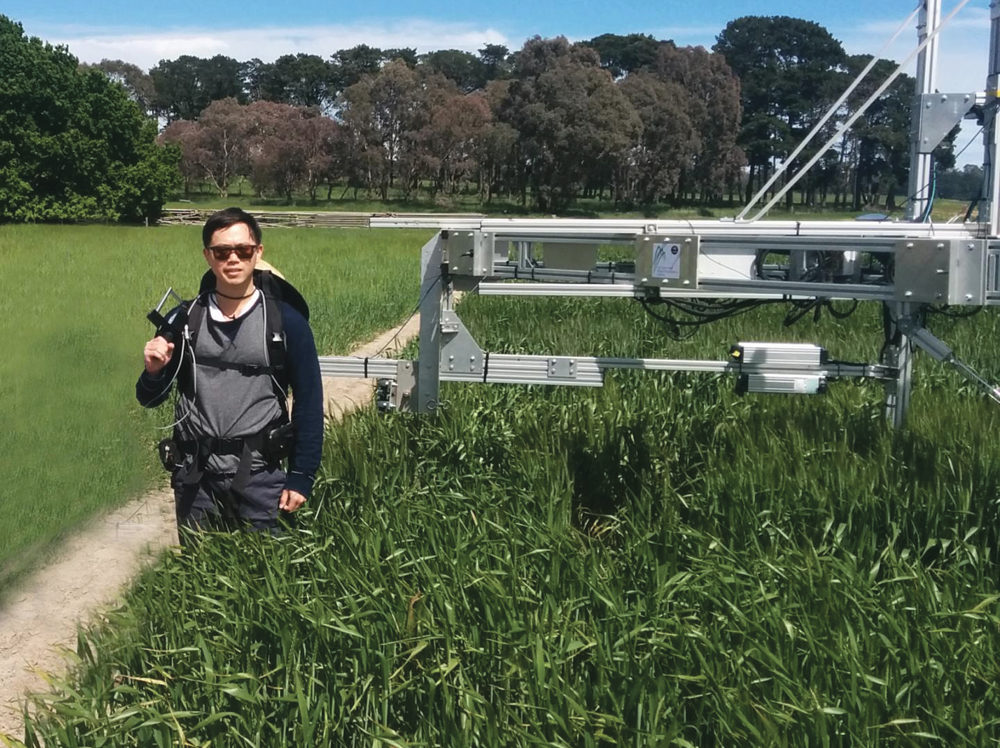Widespread spring flooding throughout Manitoba has raised concerns about a renewed outbreak of anthrax in livestock this year.
The Canadian Food Inspection Agency is urging producers to guard against anthrax in their herds, especially since the disease appears to be making a comeback in Western Canada.
“Recent weather conditions and previous outbreaks have increased the threat of anthrax to livestock in the Prairie provinces this summer,” CFIA warned in newspaper advertisements last week.
The agency said anthrax has occurred on 226 Prairie farms since 2006. Manitoba recorded cases on 50 farms during that time and has experienced repeated outbreaks since 2000. The province almost escaped 2010 anthrax free until a case was reported in the Rural Municipality of Armstrong Nov. 5.
Read Also

Smart deworming for sheep starts with individual fecal egg counts
Fecal egg count tests are one step to managing dewormer resistance and managing sheep parasites on Canadian sheep farms to maintain flock health.
Prior to 2000, anthrax appeared only infrequently in Manitoba.
Dr. Lynn Bates, a CFIA veterinary program specialist in Winnipeg, said a wet cycle during the past decade may be one reason for the reappearance of anthrax, an acute bacterial disease. Spores can survive in the soil for decades or even longer. Flooding flushes them to the surface where animals grazing on pasture ingest them.
Most recent anthrax cases have occurred in southeastern Manitoba and the Interlake region, where flooding is rampant again this year and the risk to livestock in those areas could be high, Bates said.
Vaccinating livestock is the only effective way to protect them from anthrax. Bates said producers should discuss vaccination with a local veterinarian before turning cattle out on pasture.
Anthrax usually shows up in July and August when days are warm and cattle graze most actively. Death is rapid and usually occurs before treatment can be given.
Producers who find animals dead on pasture with no visible signs should suspect anthrax and immediately contact their local veterinarian, said Bates.
Anthrax is a federally reportable disease. When a case is reported, CFIA quarantines the farm, provides vaccine to protect the rest of the herd, oversees disposal of the carcass (usually by incineration) and decontaminates the area to help limit the spread of anthrax spores.
CFIA pays producers an indemnity to help cover disposal costs. The amount varies with the species. For cattle, it’s $500 per animal.
Anthrax is a zoonotic disease, which means humans can get it. Bates said people should not handle contaminated carcasses without wearing protective clothing, such as coveralls, boot covers and gloves. [email protected]
———
Anthraxusuallyshows upinJulyandAugust.


















